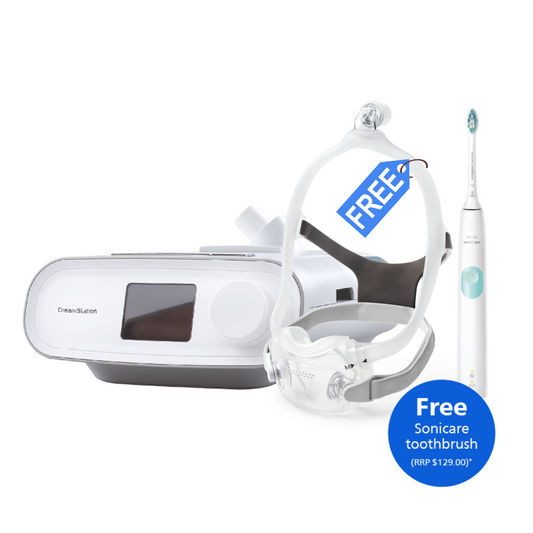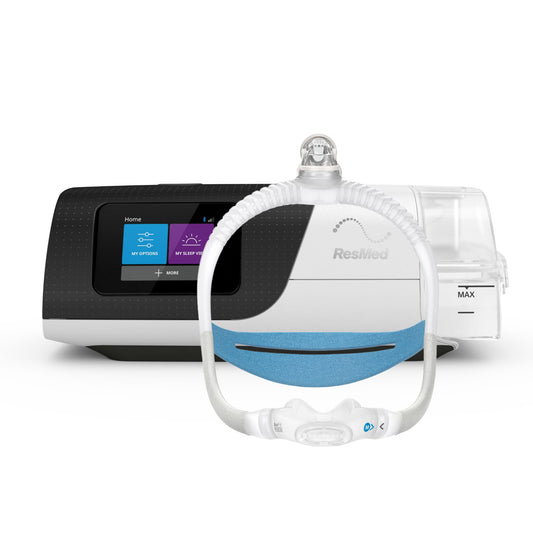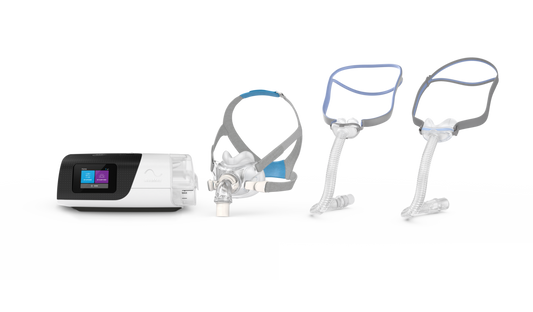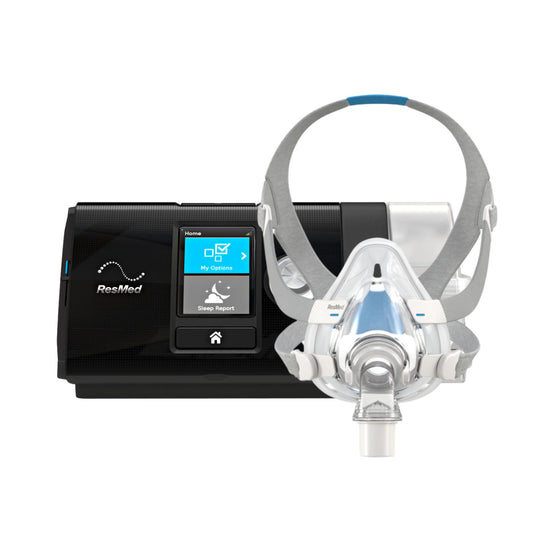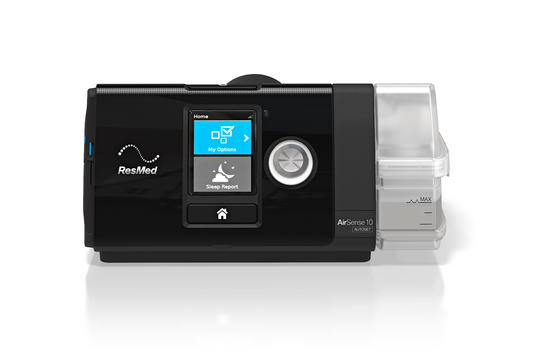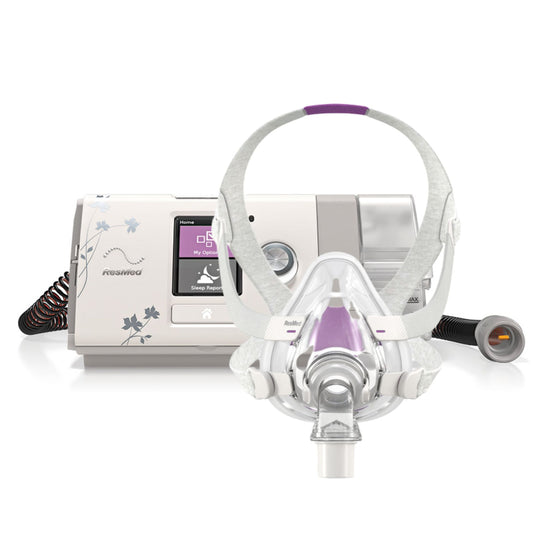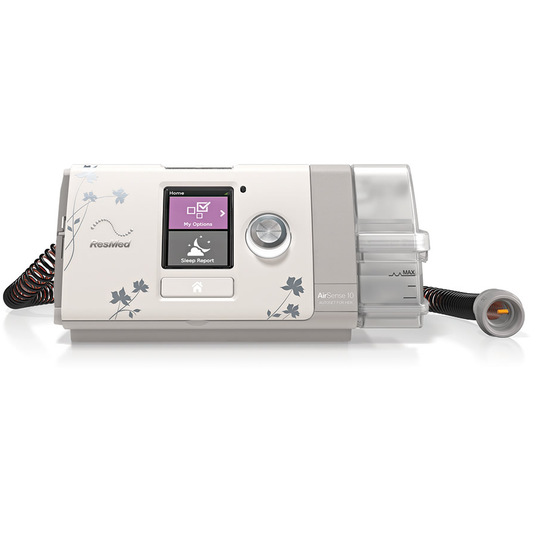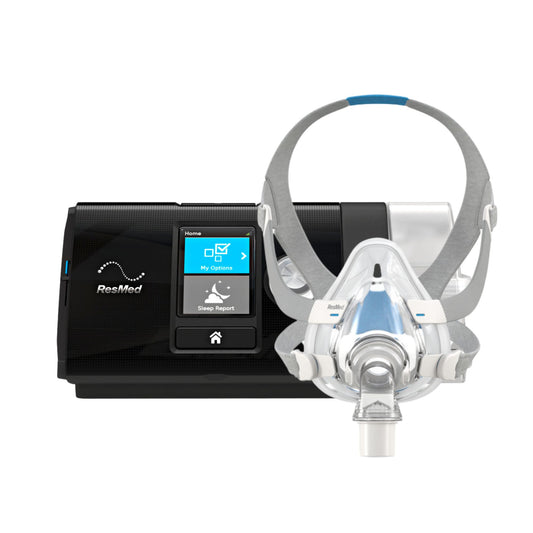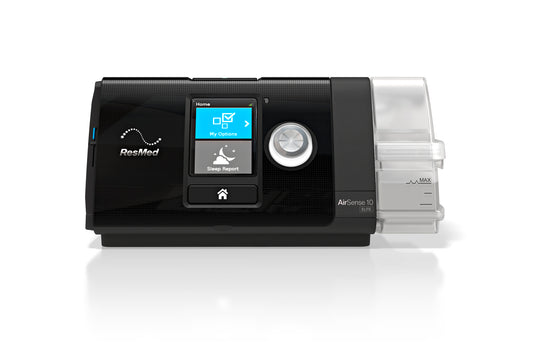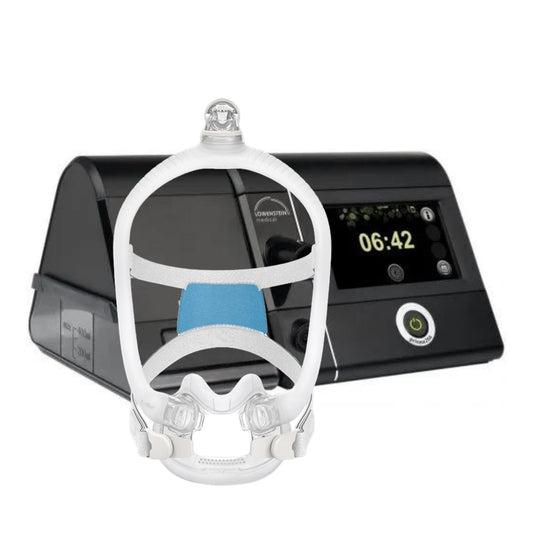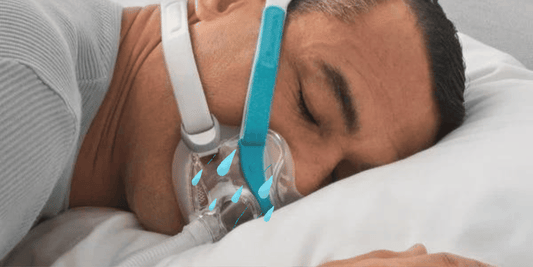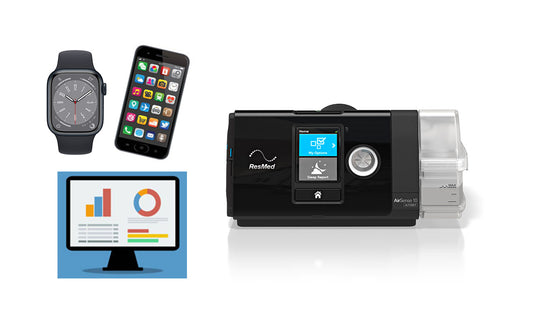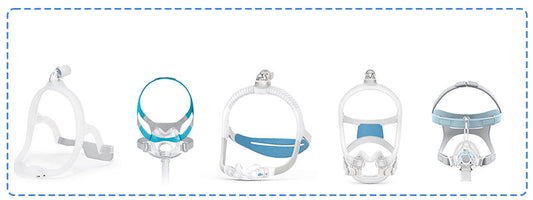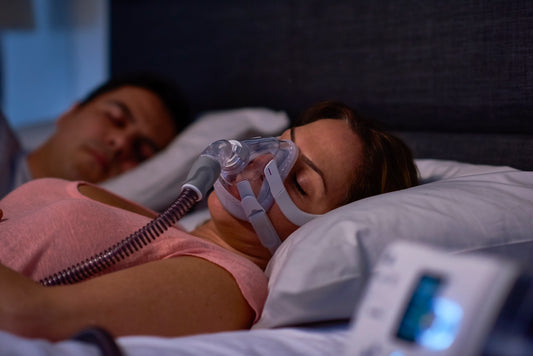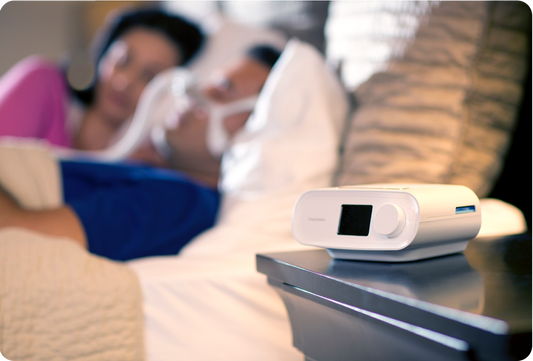Studies done by independent groups in Australia indicated that obstructive sleep apnoea is a probable cause of systemic hypertension in middle-aged and young people and that treatment aids in reducing high blood pressure in some patients. The same studies concluded that severe OSA is strongly linked with increased mortality, cardiovascular disease, and stroke in middle-aged people.
It is a fact that there is a prevalence of type 2 diabetes mellitus and cardiovascular disease in patients with OSA. Irregular hypoxia with irregular sleep significantly leads to coagulopathy and inflammatory states which then lead to insulin resistance (IR) and cardiovascular disease (CVD). Current studies point out that OSA is a risk factor for IR and CVD, independent of obesity.
Insulin Resistance and Diabetes
Obstructive sleep apnoea may worsen type 2 diabetes and IR. On the other hand, diabetes may aggravate OSA through weight gain linked to insulin use and neuropathy. Statistics show that there is between 23% to 86% prevalence of OSA in patients with type 2 diabetes.
Systemic Hypertension
The prevalence of OSA in people with systemic hypertension is reported to be from 30% to 83%. T Cross-sectional studies of this population show that people with untreated OSA are more prone to developing hypertension. Middle-aged people with untreated OSA have a three-fold risk of developing systemic hypertension in 4 to 8 years. However, for people over the age of 65, the link between untreated OSA and hypertension has not been established due to additional risk factors for this age bracket.
Stroke
It has been determined that patients with untreated OSA face a greater risk of developing stroke, particularly among those over the age of 65. Symptoms include swings in systemic blood pressure, damage to the carotid artery, and the development of atrial fibrillation during sleep with blood clot formation and pulmonary hypertension. The severity of OSA is directly linked to an increased risk for ischemic stroke. A study in the United States found that men with an AHI over 19 are three times more prone to stroke. The risk for women is smaller as AHI must be over 25 to be significant.
Cardiac Arrhythmias
OSA is commonly associated with benign cardiac arrhythmias which include atrial fibrillation, tachycardia (fast heartbeat) and bradycardia (slow heartbeat), heart block and irregular heartbeat. It has been concluded that patients with severe OSA (with AHI>31/h) are more likely to have a four-fold risk of, atrial fibrillation, ventricular tachycardia and quadrigeminy wherein the heartbeats are grouped in four.
Heart Failure
Heart failure (diastolic and systolic) is common in people with OSA. Studies indicate that people with severe OSA (AHI>30/h) are three times more likely to develop diastolic and systolic heart failure compared to those without OSA. The same study concluded that OSA and central sleep apnoea are commonly prevalent in people with heart failure conditions.
Severe untreated OSA (AHI>30/h) is associated with increased mortality in comparison with treated OSA, mild to moderate OSA or no OSA at all. With this information, it is safe to conclude that untreated severe OSA is a mortality risk.
The great news is: that OSA is treatable and manageable by CPAP treatment.
Find a clinic or call us now for a consultation 1300 750 006.
